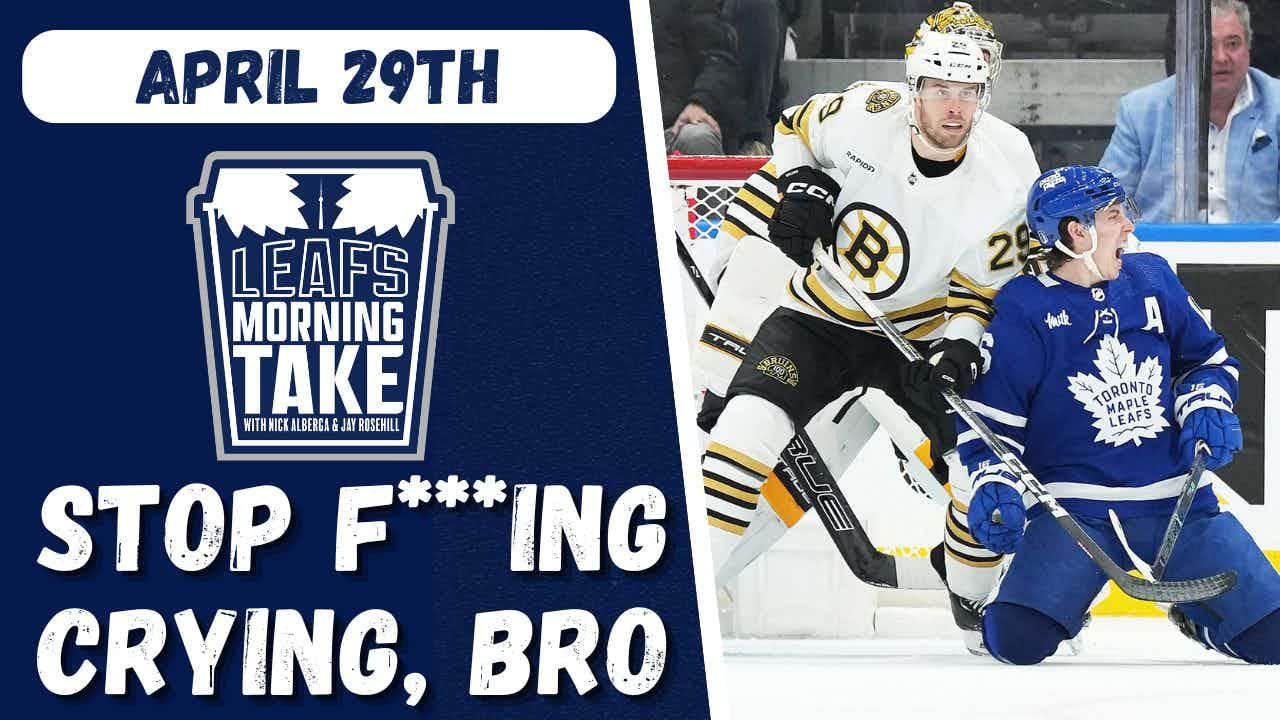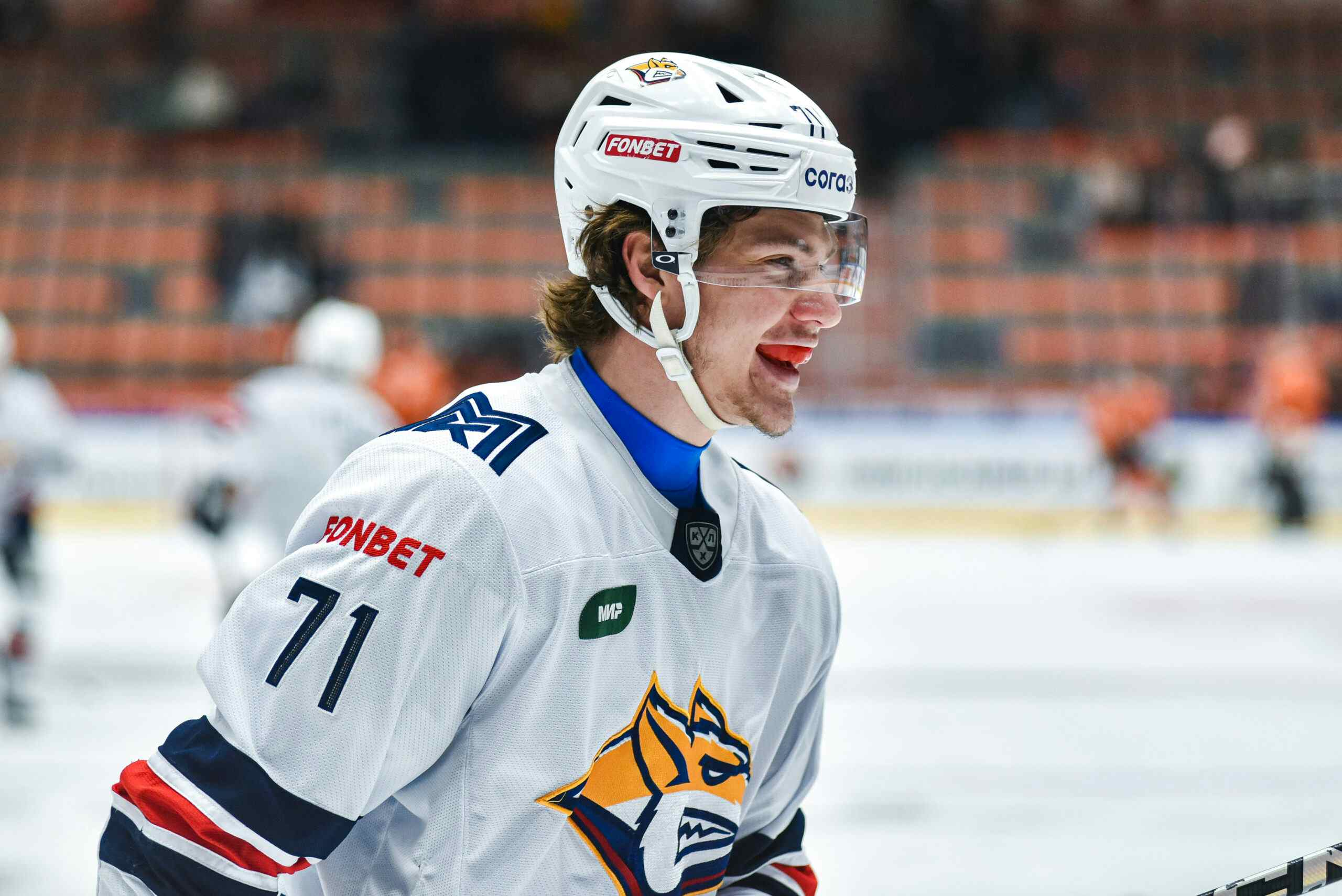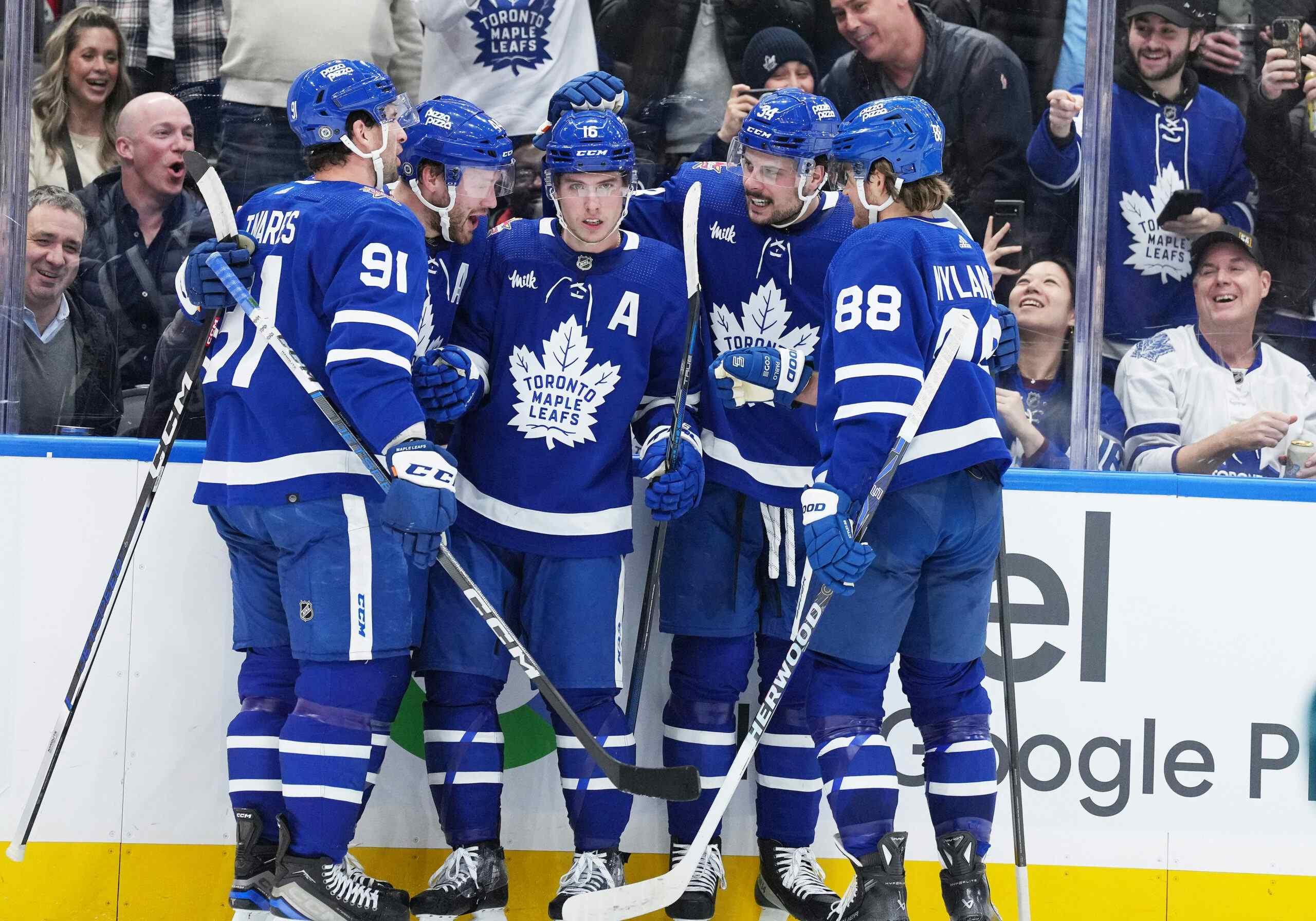It’s not impatient to believe that the Leafs are actually good

Photo Credit: John E. Sokolowski/USA TODAY SPORTS
Throughout the offseason, a lot of the work that I (and others) put out into the public sphere took a lot of criticism for how it saw the Leafs. The biggest disconnect, it seemed, was where people saw the team on the rebuild timeline, and what they wanted to do as a result. Many saw a team that just finished 30th and believed that there was still plenty of pain to deal with, while myself and others saw a window of opportunity to take advantage of the collection of underpaid youth and skill and push forward as a relatively competitive team.
Even still, even the offseason being far from perfect for the Leafs in my eyes, I felt pretty confident in Toronto’s chances.
It was hard not to. The team the year before finished in last, but they had more points than any last place team in the Cap Era other than the 2007/08 Tampa Bay Lightning. Most of their players struggled with shooting percentage dips, especially Nazem Kadri. Their goaltenders were constantly hurt, and despite this, finished 15th in Score-Adjusted Corsi at the end of the year, suggesting that something, likely at least somewhat instigated by Mike Babcock, was going right from the strategical standpoint.
They were poised to add Auston Matthews, a player who nobody believed was going to be this good this fast other than those who peeked into the history books. They had Mitch Marner coming in, who is admittedly scoring more than I thought he would but is a New-NHL talent who spent his prior life scoring points. William Nylander was looking to stick around, and his call-up stretch after the deadline was just more confirmation that he was ready to make a big NHL impact. Nikita Zaitsev was finally coming to down and while many here didn’t know it yet, he was more than NHL ready. The acquisition of Connor Carrick from Washington further accelerated their defence corps’ capability to keep up with their new forwards. The acquisition cost of Frederik Andersen seemed high at the time, but there was at least a train of thought that he’d be a stable, consistent netminder for them. After he recovered from his shoulder injury, he showed that that in spades.
Not everything went to plan in the summer, of course. I thought they’d close the Steven Stamkos negotiations, I thought Frank Corrado would get a better shot at making the team, and I could’ve done without the Matt Martin deal (though, from a strict ‘as a player’ perspective, I was okay with the idea of him as a depth winger).
But last year’s team was better than it looked, and this year’s team was much improved. Improved based on the additions of the unproven, but improved nonetheless. Fast forward to now.
Toronto Maple Leafs, Score-Adjusted Metrics
| Stat | Corsi | Fenwick | Shots | xGoals | Chances | Goals |
|---|---|---|---|---|---|---|
| For/60 | 63.04 (1st) | 47.66 (1st) | 33.82 (3rd) | 3.08 (1st) | 10.91 (2nd) | 2.82 (1st) |
| Against/60 | 60.32 (27th) | 45.67 (29th) | 32.26 (28th) | 2.67 (28th) | 9.13 (24th) | 2.60 (27th) |
| Percentage | 51.10 (13th) | 51.06 (13th) | 51.18 (10th) | 53.57 (6th) | 54.44 (4th) | 52.08 (11th) |
Toronto seems to be acutely aware that they aren’t defensively brilliant in the slightest, and have developed a run and gun, high event, high fun system that creates a net output of a top-half team. In December, they were a Top 7 team in the league. They’ve spent the second-most time in the league with the lead, and while they’ve coughed a few of those up, it’s likely something they’ll be able to figure out.
Thanks to a recent 6-1-3 run, the standings are starting to align with their performance as well. The NHL website, which sorts by total points, has the Leafs three points back of the Flyers for the final wildcard spot, or two points back of the Bruins for third in the division, with three games in hand on both. Normalizing for games in hand (like every other league on earth), though, you’ll find that the Leafs are effectively already in the third spot in the Atlantic by Points Percentage. Toronto is also one of seven teams in the East to have a positive goal differential, and if you fix NHL.com’s silly method of calculating it (they include shootout-winning goals), Toronto sits in ninth in the statistic.
Visually, other teams are struggling to keep up. Toronto skates faster, they cycle more efficiently, they get to the net and they suffocate you until the puck crosses the line. There are lapses at times, but it’s a new group learning a new system, and those issues too should buffer out over time.
By all measures, the Maple Leafs are on pace to be a playoff team. A younger core with a lot of supporting players on the Marlies should also have more gas in the tank down the stretch; as they develop and as they simply stay less tired than their opponents, there’s no reason to believe they won’t continue to improve.
So it was hard to believe they wouldn’t be good back in July and August, and now, they’re already proving it.

So now, “Actually Good” is no longer a thing that I’m yelling alone into the abyss. People are catching on; not just Leafs fans, but outsiders who have spent years making the blue and white the brunt of their jokes and even mainstream media outlets. After all, it’s hard to ignore one of the most exciting hockey teams of our generation, especially when that roller coaster fuelled by Nitrous Oxide begins to win games. Most have had fun with it, but as the “holy shit, this might be real” began to sink in, so has the fear.
Most of the fear seems to stem from the fact that this appears to be a steering away from the course. Fans were sold a long-term rebuild, and less than eighteen months after Mike Babcock declared that “there will be pain” on a blue podium, the team is kicking and screaming at the upper third of the ladder.
Which creates two fears: a fear of being let down again, and a fear that the team will get ahead of itself.
The former is an easy one to scoff at. Quite frankly, the negative sides of the Leafs’ past aren’t the presents problem. Auston Matthews doesn’t care about Game 7. Frederik Andersen doesn’t care about Rask for Raycroft. Mike Babcock doesn’t care about Randy Carlyle, Nikita Zaitsev doesn’t care about Todd Gill’s giveaway in 1993, Bell and Rogers don’t care about Harold Ballard, so on and so forth. The present Leafs can only impact the future, and the longer you associate them with the past, the harder you make it on them to break through. The inherent torture of being a Leafs fan is ever present, but that’s the fanbase’s problem, not the rosters. Coming into every situation expecting the worst is understandable, but that doesn’t make it the best decision.
As for getting ahead of itself, this is a two-fold issue.
Firstly, Toronto’s five-year rebuild is an atypical one, in the sense that natural mismanagement gave them a head start. Look at this year’s rookies: Mitch Marner was drafted weeks after a Dave Nonis-overseen season. Nonis himself drafted Nylander, Gauthier, and Bibeau. Two of his last moves were trading for Brendan Leipsic and signing Nikita Soshnikov, and he was the first in town to kick tires on Zaitsev. Brian Burke brought in Josh Leivo and Connor Brown. Not rookies, but Morgan Rielly, Jake Gardiner, Nazem Kadri, and James van Riemsdyk are core pieces brought in by Burke. Phil Kessel was still here at the accepted start of the build, and that Burke asset was flipped into Kasperi Kapanen, picks used to in the Andersen deal, and Scott Harrington, who turned into Kerby Rychel. Heck, if you consider Leo Komarov to be part of this process, he was drafted by John Ferguson Jr, brought over by Burke and signed by Nonis.
Not to say that Brendan Shanahan and company didn’t finally give this mess a sense of long-term vision, but if you’re of the belief that adding Babcock and Lamoriello was the starting point of this process, the team hit the ground running with two Top-10 prospects, a strong secondary pool, and a few core players. Rebuilding teams usually have pieces, yes, but Toronto had more than most would have. Toronto was a mismanaged team rather than an empty one; they just also had the foresight to know it was better to take advantage of the latter expectation to reshuffle into something different.
The good thing is that this group was acutely aware of this. Starting at the infamous “pain” quote, the team set expectations as low as possible for the year that followed, but the tone has changed since. As I talked about in my post about Toronto’s “watershed moment“, Babcock hasn’t been shy to talk about the 2009 Chicago Blackhawks as a comparable for this team, and has set a public goal of six standings points every five games; a 98 point pace over 82, and not far off those Hawks’ 104. Presently, they’re at a pace of 93; something that could’ve been much higher if it wasn’t for Andersen’s first few games, or some of the collapses.
Here’s the thing about that Blackhawks team, though; they thrived off their young core and they knew it. They made some signings to push the team over the top (Brian Campbell in 2009, Marian Hossa to replace Martin Havlat in 2010) but didn’t sacrifice youth to improve the team. In their first playoff season, Chicago actually traded Rene Bourque in July and Robert Lang in December, and their big deadline splash was swapping James Wisniewski (then 24 and yet to break out) for Samuel Pahlsson. The year they won the Cup, their big splash was moving Cam Barker for Kim Johnsson and Nick Leddy, which was a move that involved sliding a development schedule slightly back and getting a veteran presence.
For the most part, the same can be said about the Pittsburgh Penguins. They swung hard (to the casual eye; in hindsight, not very) to acquire Hossa, Pascal Dupuis and Hal Gill in 2008, but largely made sideways moves in their cup year.
Teams that follow this model know that their elite young cores aren’t to be used as trade chips, but as players who’s entry-level deals allow them to make way less than they should, a much better asset than a rental could ever be. Youth that are moved are typically those who overstay their welcome, rather than a desperate attempt to get better. There’s no reason to believe that the Leafs will start throwing prospects out the window to fix perceived holes, especially in their first year of success, with an expansion draft looming that limits how many older players they can protect.
Conclusion
The Leafs are actually good. Yes, that phrase has hit meme status, but it’s hit meme status because it’s true. It wasn’t hard to see their ascent coming; an underperforming team added a bunch of elite cost-controlled assets over the summer to be coached by a world-class bench boss. There are still some holes, and there are still some eyebrow-raising decisions, but they’re a team that can do serious damage every night, and as the season has progressed, they’ve begun to do just that.
The likeliness of them keeping this up is pretty high. Just because a system is different doesn’t mean that the net result isn’t what matters in the end, and the net results they’ve been getting align with sustainable success. As the season progresses, their youthful energy and solid reserve system should favour them even more, and while they probably won’t be winning the Stanley Cup this year, expecting them to make the playoffs isn’t insane.
That expectation isn’t a demand, though. If they miss, nobody should be fired, and the season isn’t a failure; they are just getting started, after all. There’s no need to feverishly upgrade the roster to make sure it happens, and management knows that. Their success this year isn’t vital to the rebuild, in the grand scheme of things.
But it’s time to stop pretending that the Leafs are running ahead of schedule. Perhaps they’re ahead of your schedule, but that may have been because you were looking at the wrong things. Being young hasn’t stopped these guys from being good, and in the case of their youngest, being some of the best. I know Leafs Nation has been burned many, many times before. I know it’s hard to pitch a “this time is different” to millions in anguish. But for once, it looks like it might be, and the longer you wait to get excited, the smaller you’ll appear in the rear-view mirror.
See you at Game 3. Actually, the Atlantic is even worse than I thought it would be. Maybe see you at Game 1.
Recent articles from Jeff Veillette





